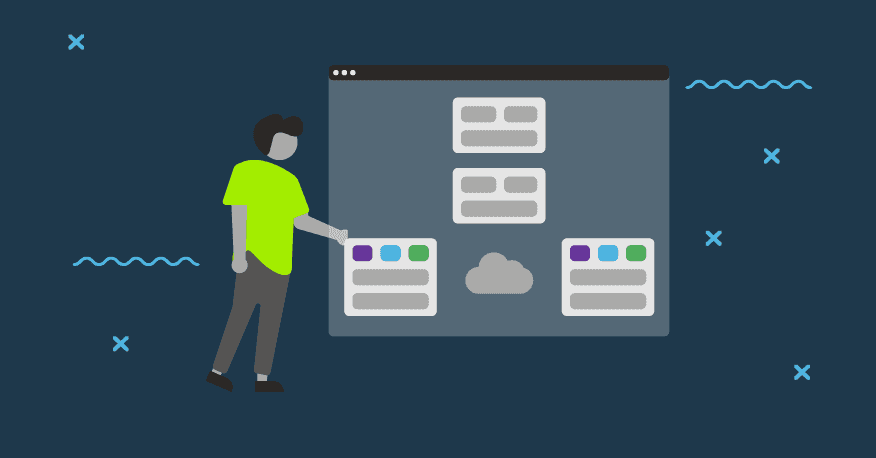Infrastructure as code (IaC) is a process of managing IT infrastructure through code instead of configuring physical hardware manually. Developers do not need to manually provision servers, operating systems, databases, or storage when they need them in development, testing, or deployment processes.
Infrastructure as code streamlines the work of DevOps teams as automated IT infrastructure provisioning ensures consistency across development, testing, and deployment environments and speeds up every phase of the software development process.
The declarative and imperative approach to IaC
The declarative approach focuses on achieving a determined system state. The IaC tool will configure every needed property and resource to achieve it. In case of any changes to the determined state, a declarative IaC tool will adjust to them. On the other hand, in the imperative approach, the needed commands are declared to achieve the determined system state mentioned before.
However, most IaC tools work well in both approaches.
Benefits of Infrastructure as Code
IaC allows for moving infrastructure planning to container orchestration (e.g., Kubernetes) and is cloud-native instead of sacrificing time to planning this on hardware. This solution is also better oriented to current problems connected with modern infrastructure needing to be easily scalable—without IaC, it is more challenging to manage.
Other IaC advantages:
- cost reduction,
- shorten time-to-market of new software,
- errors limitation,
- better infrastructure maintainability,
- more often and regular deployments.
IaC is strongly connected with DevOps and CI/CD. With IaC, provisioning work and manual processes are reduced or even eliminated. Instead of manual infrastructure planning, developers can focus on code execution and application deployments. It is also true when we are talking about maintaining specific deployment environments—IaC builds environments that do not require unique configurations.








